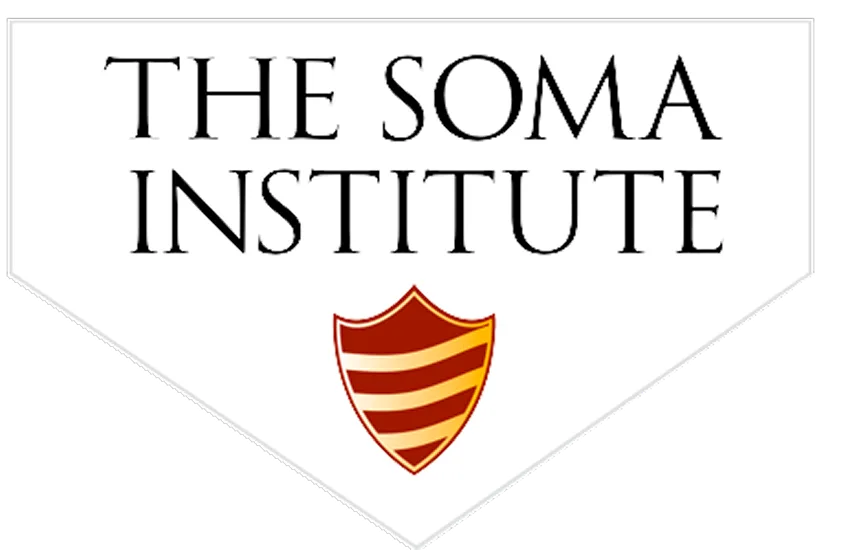Massage means many different things to many different people. When most people think of massage they think of a relaxing spa setting, with candles, oils and soft music playing. Perhaps they’ve upgraded to hot stones, or maybe a little aroma therapy, and as you lay on the soft table all of your tensions simply melt away.
That’s not exactly what Clinical Massage Therapy is.
Maybe you’re an athlete, and when you think of massage you think of sports massage and deep stretches after a workout to help alleviate soreness in the following days. Maybe you think of someone who helps relieve cramps after a grueling marathon, or someone who helps warm up your musculature before an event so you can be at peak performance.
athlete, and when you think of massage you think of sports massage and deep stretches after a workout to help alleviate soreness in the following days. Maybe you think of someone who helps relieve cramps after a grueling marathon, or someone who helps warm up your musculature before an event so you can be at peak performance.
That’s a little closer, but still does not fully define Clinical Massage Therapy.

Perhaps you’ve seen videos online of therapists walking barefoot on their client’s backs, or stretching them into pretzels, or finding pressure points in their feet or their hands, or pouring oil on their scalps and kneading their hair into a mushy pulp, or using their hands to shoot magical energy at their clients.
Clinical Massage Therapy is not that.
As a Clinical Massage Therapist people come to you with a specific problem, and, after testing and evaluation, you treat that specific problem. If massage can solve their issue you solve it, but being a Clinical Massage Therapist also means knowing when to tell your client massage can’t solve their problem, and sometimes massage might even do them further harm.

Clinical Massage Therapy means knowing that the symptoms of a problem aren’t always the problem itself. Sometimes a muscle in the neck can cause pain in the hand, or a muscle in the hip can shoot pain all the way down to the foot. A Clinical Massage Therapist knows how, based on the client’s symptoms, to get to the root of their problem in a quick, efficient and professional manner, and explain their treatment plan to the client so that they can together agree on the goals of the treatment.
Being a Clinical Massage Therapist means you know what techniques are called for in any given situation. Maybe a client does just need a relaxation treatment. Or maybe they need sports massage. Maybe they need deep tissue work, trigger point work, or cross fiber friction. Maybe they need some combination of multiple modalities. A Clinical Massage Therapist can reach into their toolbox of techniques and create a treatment plan specific to a client’s needs.
Clinical Massage Therapy is massage distilled down to its essence in order to treat specific conditions.
Clinical Massage Therapy is healing somebody with the simple power of touch.
Clinical Massage Therapy is massaging with a purpose.

